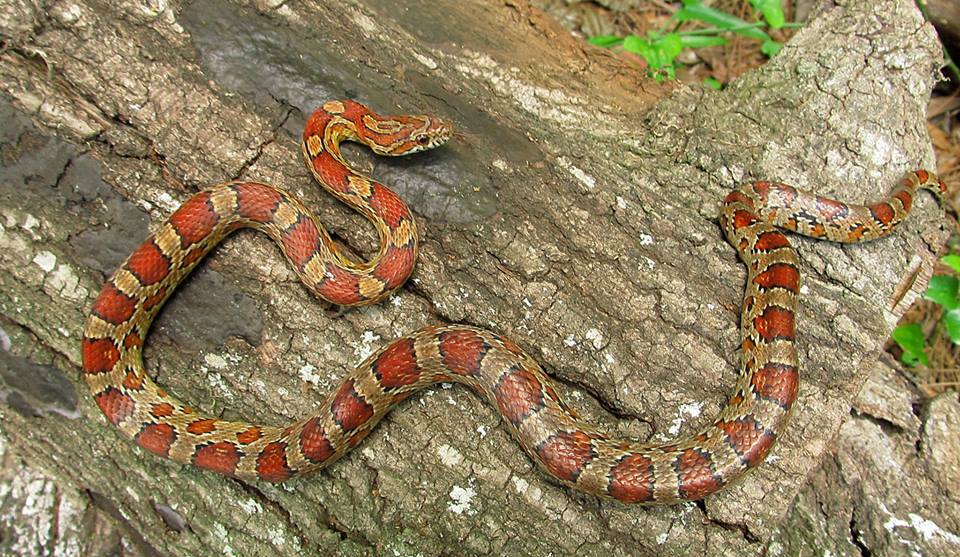Not every child wants a warm and fuzzy kind of pet. Some children may be fascinated with reptiles. One benefit of having a retile is that they don’t require a lot of attention. They don’t crave affection from their owners like dogs and cats do. Reptiles don’t require grooming and you don’t have to worry about allergies to fur. They are easy to feed. Even if you have a snake and don’t want to feed him live mice, you can buy frozen rodents.
Reptiles are a great choice for some, while there are some things you will need to consider. The first thing is that many reptiles can live a very long time. For example, a tortoise can live around 10 years. Another thing to consider is that some reptiles may grow too big for their enclosures and a result are often given to shelters to handle them as a result. You also need to research the reptile you are getting to make sure your child will really have the ability to take care of them.
Now that you know the pros and cons of having a reptile, let’s take a look at some of the best pet reptiles for children.
Bearded Dragon

A bearded dragon can make a fun family pet, especially when you and your child do it together. Recommended for children 10 and over, a bearded dragon gets its name from the fact that when they puff up, the spiny skin under their throats looks like a beard. Bearded dragons are gentle in nature and have easy-going personalities. One funny quality about them is that many of them learn to wave. It rests on three legs and raises one if its front arms, waving it in a circular motion.
Leopard Gecko

These friendly, calm creatures are cute as can be. However, be aware that on occasion, they may bite if they mistake a finger for food or if they are squeezed too tightly when they are being held. It should never be handled by its tail, as it can break off. These spotted creatures should not be kept out of their habitats for too long, and hands should be washed before and after handling them. These nocturnal beings have a long lifespan, as some have lived to be over 30 years old.
Crested Gecko
“Gecko (2010)” by Margo226 – Own work. Licensed under Public Domain via Commons.
Also nocturnal, the crested gecko has a cool, unique look. They have their own individual personalities and they are enjoyable to interact with. They are also relatively to care for as they don’t require a complicated environment like some other reptiles do. Excellent climbers and jumpers, crested geckos need a tall terrarium. You can feed them commercial food, insects and pure fruit baby food. Once they are used to your home, they can be handled frequently. However if they become stressed or aren’t handled gently enough, they will drop their tails. Once they do this, it cannot grow back.
Corn Snake

If your child wants a slithering reptile, a corn snake is a good place to start. These non-venomous snakes can reach 24 to 72 inches long. They are usually orange or dark yellow in color. The underside of a corn snake resembles a kernel of Indian corn, which is where they get the name. Their favorite food is rodents. Corn snakes are constrictors, as they wrap around their prey in order to kill it. In captivity, a corn snake can survive up to 25 years.
Red-Footed Tortoise
“Tortuga morrocoy Sabanero” by Flints – Own work. Licensed under CC BY-SA 3.0 via Commons.
These beautiful creatures are said to be cute, curious and friendly creatures. They make great family pets. They eat mostly leafy greens such as romaine lettuce, kale, collard greens and mustard greens. They eat fruit 2 to 3 times a week such as tomatoes, strawberries and bananas. The red-footed tortoise can live more than 50 years. They can be raised indoors or out.











